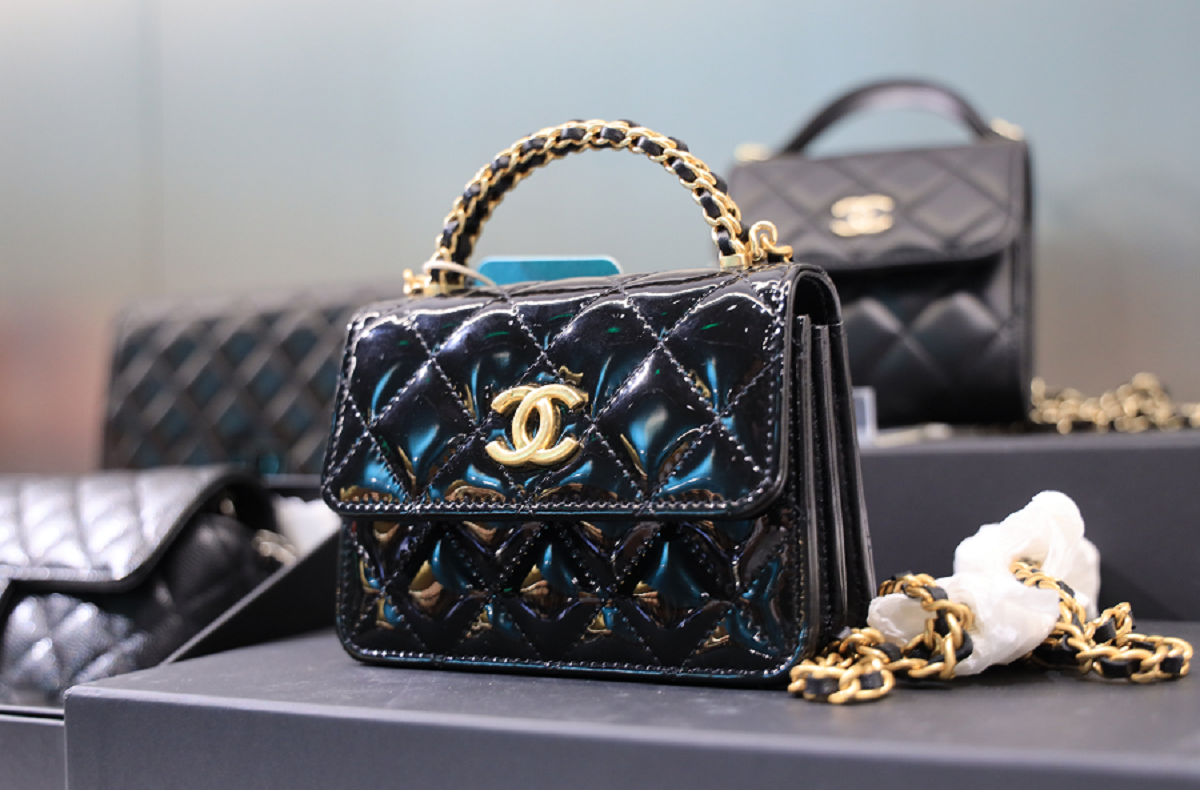Using the scientific precision of terms like “IF Type IIa”— to describe diamonds so pure they show no inclusions under 10x magnification — jewelry purveyors have long placed heavy emphasis on the clarity and cut of a gem. The sharper the facet and flawless the sparkle, the more valuable a stone once appeared.
Until now. Once dismissed as “ugly ducklings” — too marked, too dark, or too strange — imperfect gems are now stepping into the spotlight, as high-end jewelers increasingly champion stones with unique inclusions or less-than-perfect clarity.
An early adopter was Pomellato. Five years ago, the Milanese jewelry company, took a bold leap when it launched its first high jewelry collection — one that turned away from the canonical “big four” (diamonds, rubies, sapphires, and emeralds) and featured stones that do not sparkle and are sometimes not even cut.
It’s an approach that the house has continued to take, as it seeks to carve out a unique aesthetic in a crowded high jewelry market that includes fashion houses such as Dior, Louis Vuitton, Dolce & Gabbana and Gucci. Among Pomellato’s most recent creations is a necklace of large, smooth aquamarines, unfaceted and softly contoured — as if shaped by the sea itself — crossed by diamond threads that mimic a sailor’s rope catching precious underwater pebbles. Another necklace, inspired by Milan’s night sky, suspends a smoky star composed of grey sapphires and spinels.
“At Pomellato, we don’t divide gemstones by the traditional categories of ‘precious’ and ‘semi-precious,’ or by how expensive they are,” explained the company’s gem master Stefano Cortecci. “We treat all stones equally — each has its own identity, its own beauty. What matters is how the stone is used and how it’s cut.”
A trained geologist from a family of university professors in the field, Cortecci was never a conventional gem buyer when he joined Pomellato nearly two decades years ago. Rather than sourcing only cut and polished stones — as is standard in the trade — he began selecting raw gems, asking cutters to shape them according to new aesthetic criteria developed in collaboration with creative director Vincenzo Castaldo.
“In jewelry, everything is often very symmetrical, right? Diamonds have 57 facets cut symmetrically. At Pomellato, the gem we call ‘Nudo’ also has 57 facets, but they are not symmetrical; they are random and the perception is totally different,” Cortecci said.
A symbol of empowerment
Sharing a similar enthusiasm for unusual gems is Brazilian jeweler Ara Vartanian, who has made upside-down black diamonds (the point faces up instead of the usual faceted top) his signature. “I never thought of inclusions (trapped materials that get encapsulated inside a diamond during its formation) as problems,” he told CNN.
 English
English

.png)
